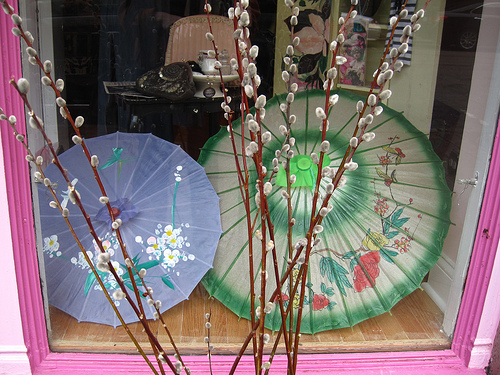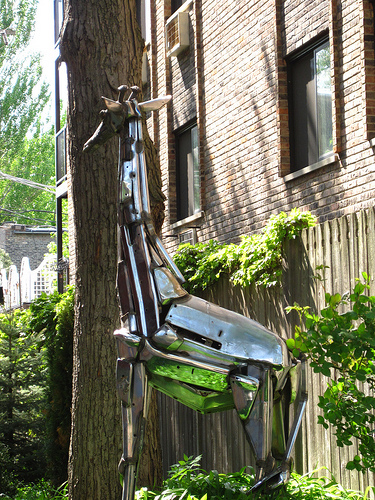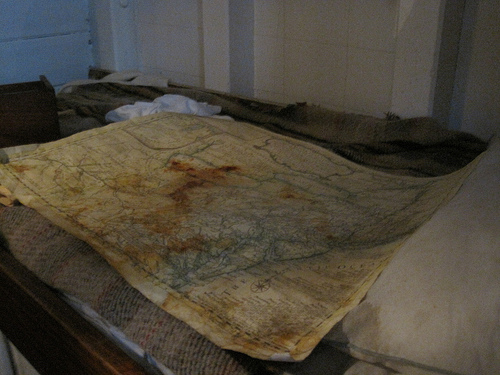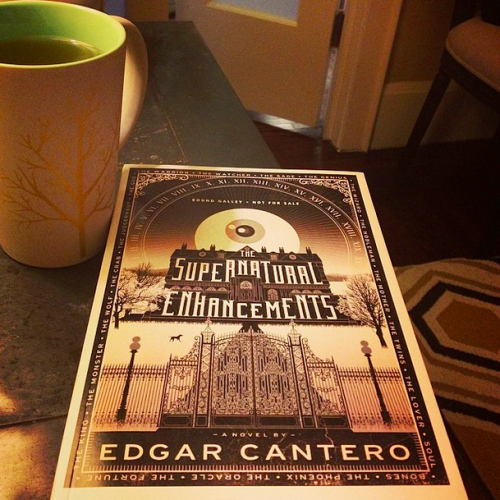We have to have Spring now, my littlest sister declares.
This declaration is followed by a watering can emptying over my head.
I manage to save my book from liquid annihilation, barely.
April showers to bring the May flowers! she explains before I can ask about the details of this do-it-yourself Spring.
But she doesn’t have flowers, she takes my book away and hands me bunch of fuzz-tipped pussy willows instead.
Then she gives me a paper parasol.
Oh! I should have given you this before the showers, she says, frowning and turning the empty watering can upside down and letting the last drops fall on the grass.
I’m not sure painted paper works for April showers, I tell her, and the frown goes full-blown Grumpy Cat.
We’re doing Spring wrong! she wails, flopping down on the soggy grass next to me.
It takes awhile, but I manage to convince her that we’re doing Spring just fine because there’s no snow, and we gather our parasols and pussy willows and head off in search of proper flowers and a towel to dry my hair.
About flax-golden tales. Photo by Carey Farrell. Text by Erin Morgenstern.



